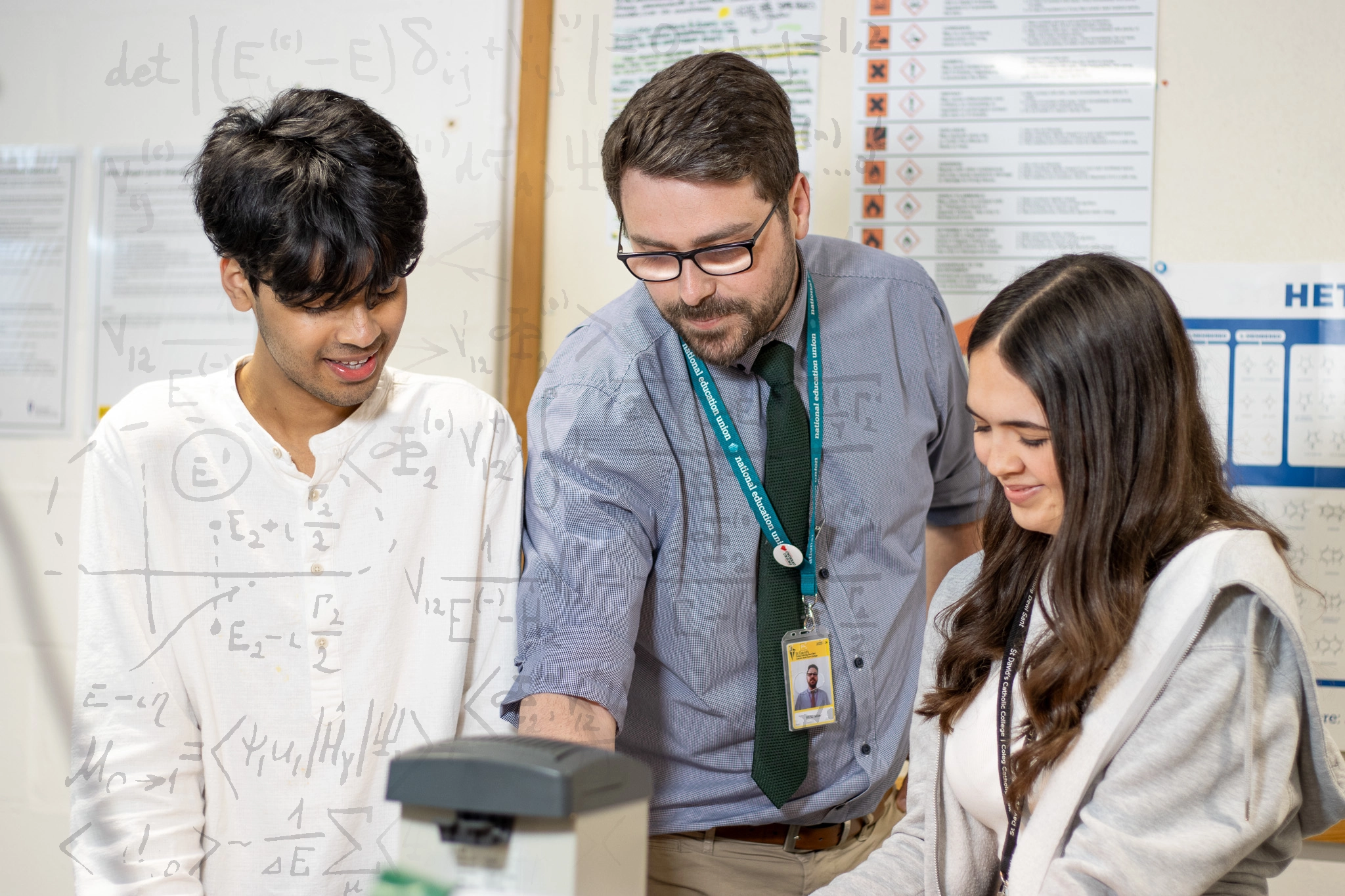

We’ve rounded up 5 interesting ways physics surrounds our daily lives, often working quietly in the background to make our lives more convenient and efficient. Physics works constantly, from the smartphones we carry in our pockets to the cars we drive. Here are five interesting ways physics shapes our daily routines:
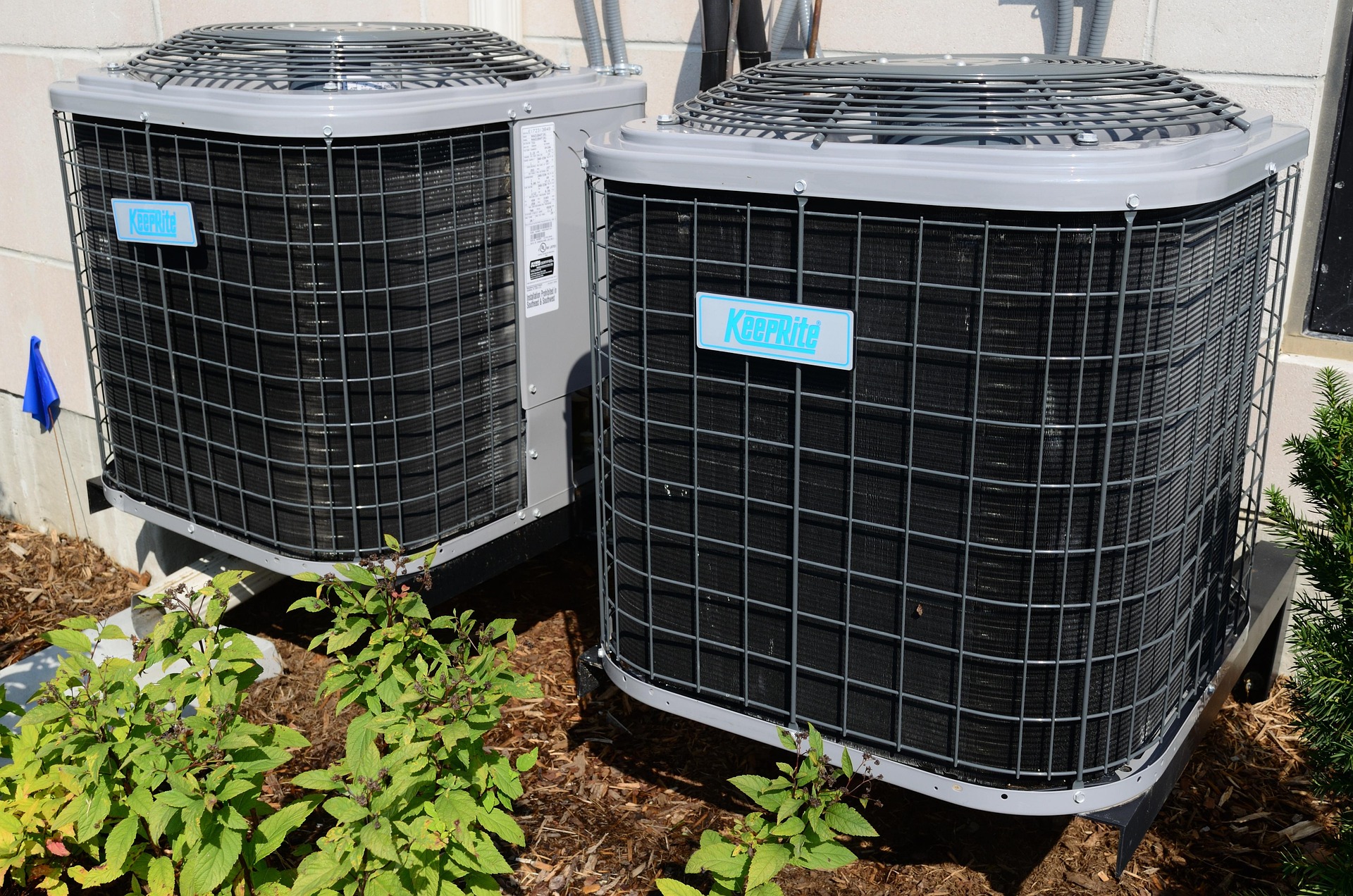
The cooling systems in devices like refrigerators and air conditioners use thermodynamics. These devices transfer thermal energy from the inside to the outside environment. This process relies on the compression and expansion of gases, which causes a phase change that removes heat from the air. Thanks to these principles of thermal energy transfer, we can enjoy refrigerated food and comfortable indoor temperatures, even on the hottest summer days.

Microwave ovens are another household appliance that relies on physics. These devices use electromagnetic waves in the microwave spectrum to heat food. When microwaves interact with water molecules in food, they cause the molecules to vibrate, which is converted into thermal energy for cooking. This application of electromagnetic radiation is just one example of how physics makes our daily lives easier, providing a quick and efficient way to prepare meals.
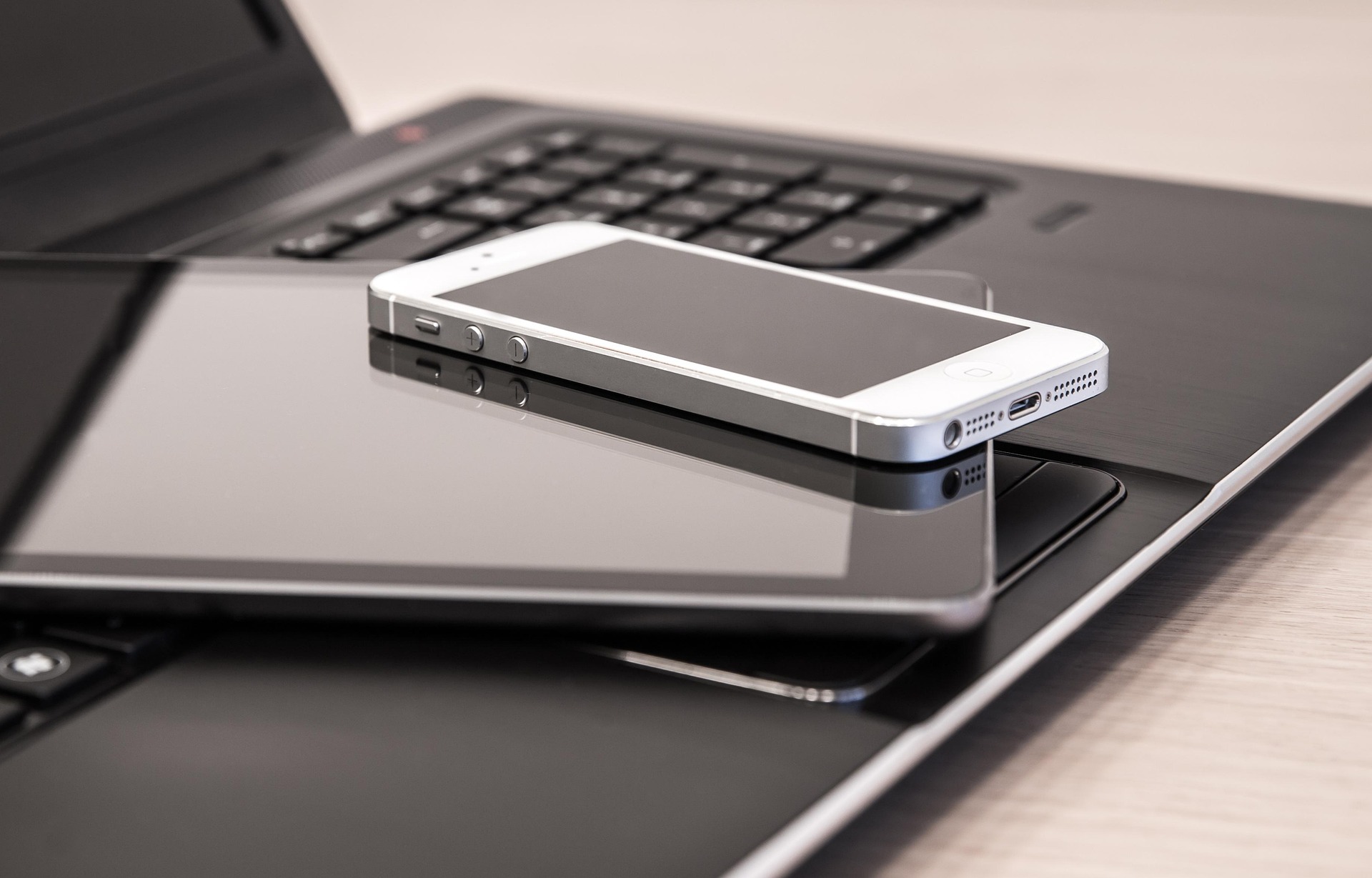
One of the most significant examples of physics in our daily lives is the technology behind smartphones. These devices rely on electromagnetism, quantum mechanics, and wave physics. Wireless communication technologies, such as Wi-Fi and Bluetooth, transmit electromagnetic waves through the air, allowing our devices to communicate without wires. Additionally, touchscreens use electrostatics to register input, the branch of physics that studies the interaction of electric charges. Without these scientific principles, our smartphones could not be as advanced or functional as they are today.
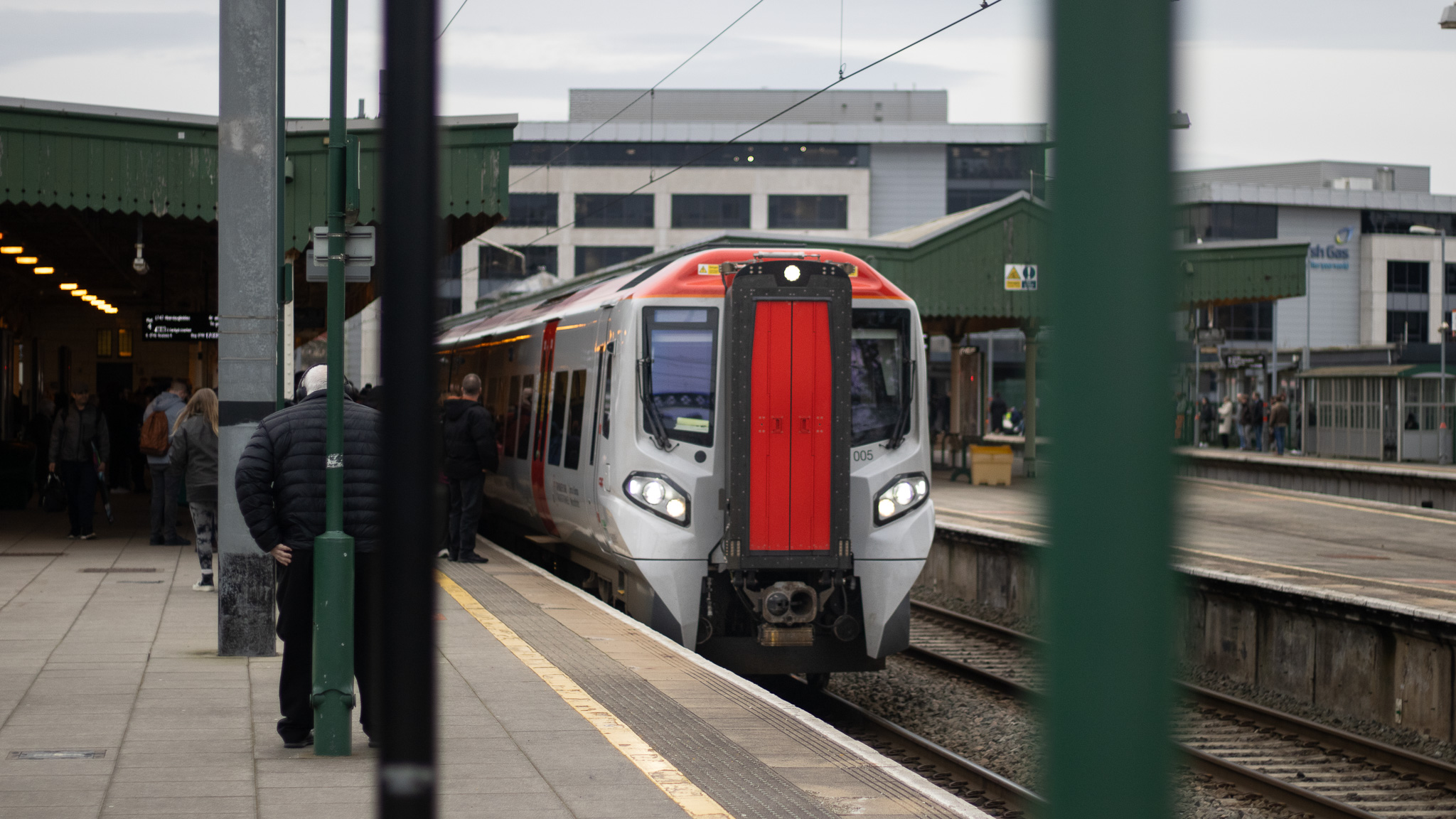
Whether driving a car, flying in an aeroplane, or travelling by train, physics plays a vital role in transportation. A car’s braking system relies on friction to stop motion, while the engine operates on thermodynamics, converting chemical energy from fuel into mechanical energy to power the vehicle. Aerodynamics (a branch of fluid dynamics) is used to understand how to reduce drag and generate lift for aeroplanes. Physics ensures that transportation systems are efficient and safe, helping us get from one place to another.
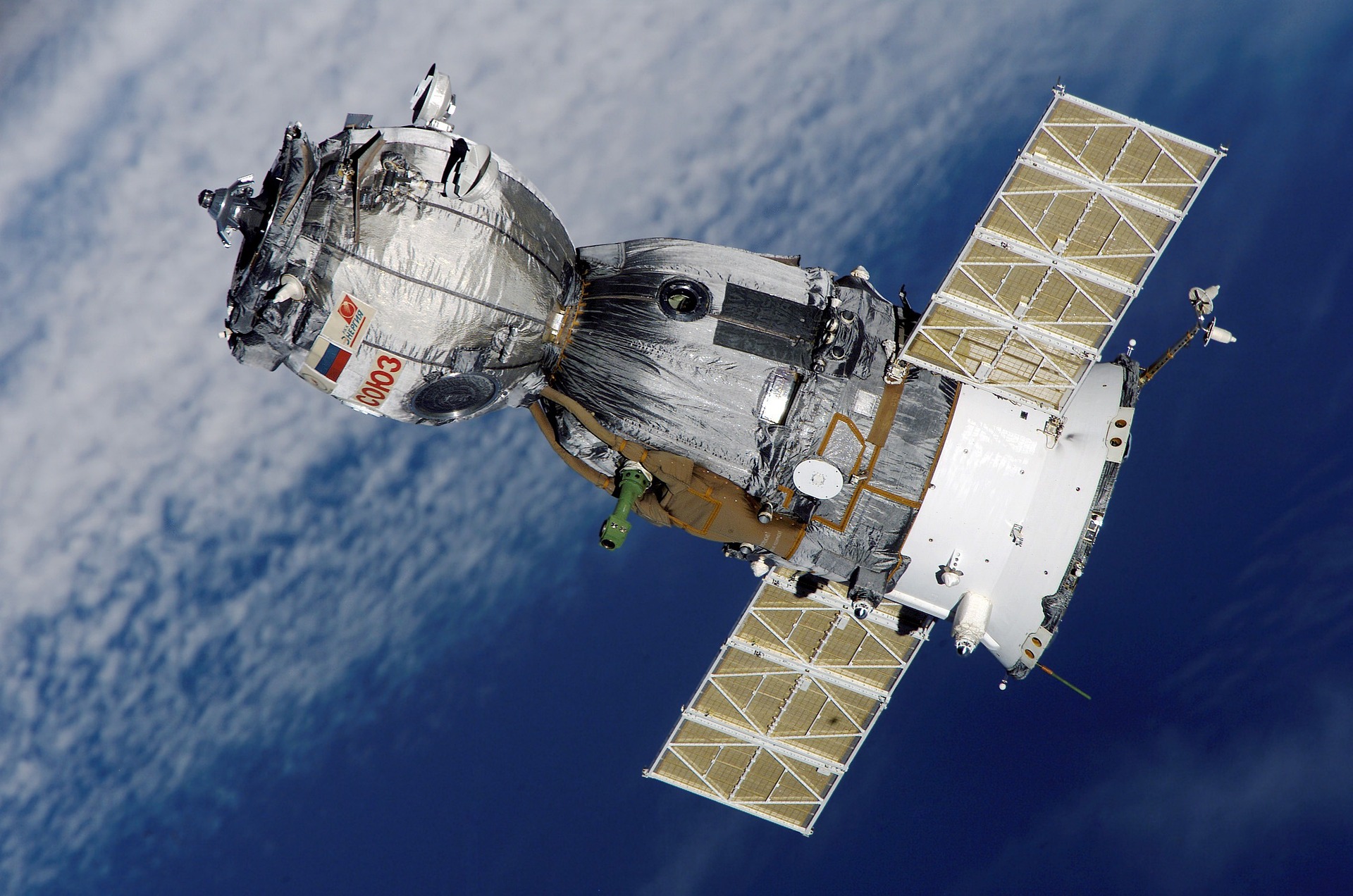
Finally, the GPS technology that guides us to our destinations relies on a fascinating application of Einstein’s theories of relativity. GPS satellites orbit the Earth, experiencing different gravitational forces and moving at different speeds than clocks on Earth. This process leads to a phenomenon known as time dilation, causing the satellites’ clocks to tick at different rates. The difference in time must be accounted for to ensure accurate location tracking, making relativity crucial for the precision of GPS technology.
Physics may seem like an abstract subject confined to laboratories and textbooks, but it’s an essential part of our everyday lives. From the communication networks that connect us to the transportation systems that move us, the food we cook, and the devices that cool our homes, physics is the force that powers our modern world.
The next time you use your smartphone or cool your drink, take a moment to appreciate the fascinating physics working behind the scenes.